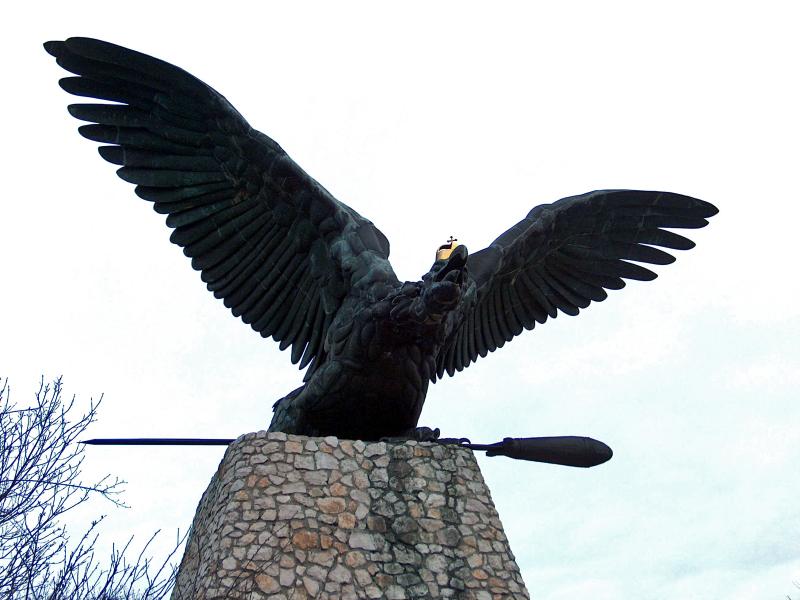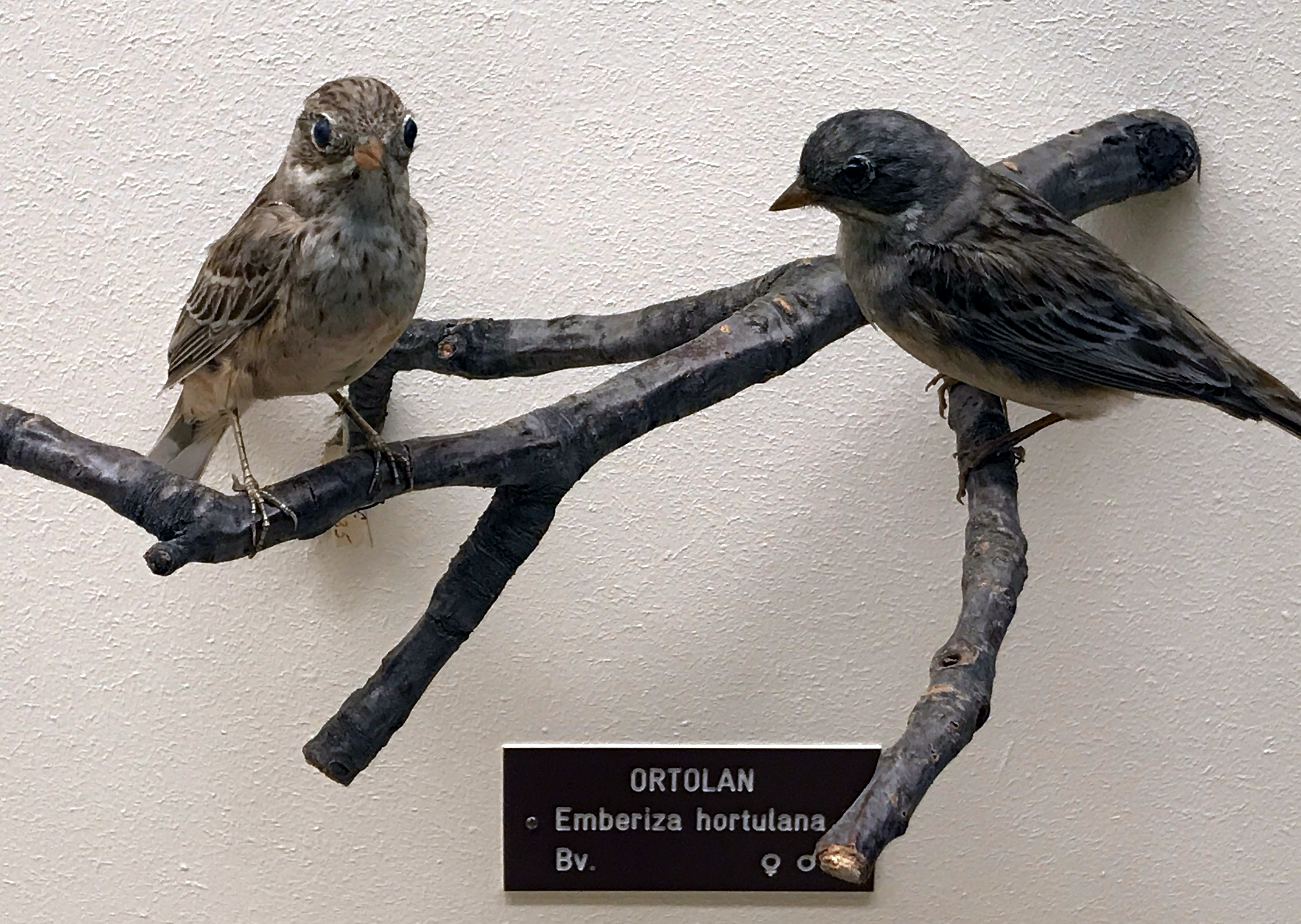|
Măcin Mountains
The Măcin Mountains () is a mountain range in Tulcea County, Romania. Part of the Northern Dobruja Massif, they are located between Danube River to the north and west, Taița River and ''Culmea Niculițelului'' to the east and Casimcea Plateau to the south. Seen from the Danube, they seem only low hills. However, they are a mountainous region. The Măcin Mountains are one of the oldest in Romania, being formed in the second part of the Paleozoic, in the Carboniferous and Permian, during the Hercynian orogeny. The predominant rock is granite Granite ( ) is a coarse-grained (phanerite, phaneritic) intrusive rock, intrusive igneous rock composed mostly of quartz, alkali feldspar, and plagioclase. It forms from magma with a high content of silica and alkali metal oxides that slowly coo .... Erosion (caused by the difference of temperature) has created steep slopes, with the aspect of ruins. They are divided in ''Culmea Măcinului'' (the southern part) and ''Culmea Pricopanul ... [...More Info...] [...Related Items...] OR: [Wikipedia] [Google] [Baidu] |
Red-rumped Swallow
The European red-rumped swallow (''Cecropis rufula'') is a small passerine bird in the swallow family Hirundinidae. It breeds in open hilly country of southern Europe and north Africa east to Iran, Pakistan and northwest India. During winter it migrates to Africa and southwest Asia. It was formerly considered to be a subspecies of the eastern red-rumped swallow (''Cecropis daurica''), united under the common name of “red-rumped swallow”. European red-rumped swallows are somewhat similar in habits and appearance to the other aerial insectivores, such as the related swallows and the unrelated swifts (order Apodiformes). They have blue upperparts and dusky underparts. They resemble barn swallows, but are darker below and have pale or reddish rumps, face and neck collar. They lack a breast band, but have black undertails. They are fast fliers and they swoop on insects while airborne. They have broad but pointed wings. European red-rumped swallows build quarter-sphere nests with ... [...More Info...] [...Related Items...] OR: [Wikipedia] [Google] [Baidu] |
Mountain Ranges Of Romania
A mountain is an elevated portion of the Earth's crust, generally with steep sides that show significant exposed bedrock. Although definitions vary, a mountain may differ from a plateau in having a limited summit area, and is usually higher than a hill, typically rising at least above the surrounding land. A few mountains are isolated summits, but most occur in mountain ranges. Mountains are formed through tectonic forces, erosion, or volcanism, which act on time scales of up to tens of millions of years. Once mountain building ceases, mountains are slowly leveled through the action of weathering, through slumping and other forms of mass wasting, as well as through erosion by rivers and glaciers. High elevations on mountains produce colder climates than at sea level at similar latitude. These colder climates strongly affect the ecosystems of mountains: different elevations have different plants and animals. Because of the less hospitable terrain and climate, mountains t ... [...More Info...] [...Related Items...] OR: [Wikipedia] [Google] [Baidu] |
Măcin
Măcin () is a town in Tulcea County, in the Northern Dobruja region of Romania. Location Măcin is located in the north-western part of the Northern Dobruja region, in Tulcea County. The city is located at the intersection of the DN22 ( E87) and national roads. The DN22 road links it to the Romanian capital, Bucharest (230 km to the West, via Brăila) and to cities of Isaccea and Tulcea (to the East). The DN22D road connects Măcin through a southern route with Tulcea and Constanța. Demographics According to the 2011 census, the town's population numbered 7,666 inhabitants, composed of 91.46% Romanians, 4.8% Roma, 2.92% Turks, and 0.37% Russian Lipovans. At the 2021 census, Măcin had a population of 7,248; of those, 75.95% were Romanians, 5.66% Roma, and 1.93% Turks. History The town is located on an ancient Celtic settlement, named '' Arrubium''. It was included in the Getic polities of Rhemaxos and Zyraxes, then conquered by the Roman Empire, who stationed ... [...More Info...] [...Related Items...] OR: [Wikipedia] [Google] [Baidu] |
Saker Falcon
The saker falcon (Falco cherrug) is a large falcon species. It breeds from Central Europe eastwards across the Palearctic to Manchuria. It is a partial migrant, which means that some part of the population is migratory, some part is not. In Europe, for example, a part othe juveniles are migrating while adults are mostly resident. The European and West Asian migratory sakers spend the winter in the Sahel region. On migration, they cross the Middle East, the Arabian Peninsula, and Pakistan, where they are exposed to illegal trapping. The migratory birds to the east from Altai Mountains spend the winter in the Qinghai-Tibet Plateau. The saker falcon is the second fastest bird in level flight after the white-throated needletail swift (unconfirmed), capable of reaching . It is also the third fastest animal in the world overall after the peregrine falcon and the golden eagle, with all three species capable of executing high speed dives known as "stooping", approaching . The saker fa ... [...More Info...] [...Related Items...] OR: [Wikipedia] [Google] [Baidu] |
Levant Sparrowhawk
The Levant sparrowhawk (''Tachyspiza brevipes'') is a small bird of prey. It measures in length with a wingspan of . The female is larger than the male, but the difference is not as marked as with Eurasian sparrowhawk. The adult male is blue-grey above, with dark wingtips, and barred reddish below. It breeds in forests from Greece and the Balkans east to southern Russia. It is migratory, wintering from Egypt across to southwestern Iran. It will migrate in large flocks, unlike the more widespread Eurasian sparrowhawk. Taxonomy The Levant sparrowhawk was formally described in 1850 by the Russian naturalist Nikolai Severtzov under the binomial name ''Astur brevipes''. The species was formerly placed in the large and diverse genus '' Accipiter''. In 2024 a comprehensive molecular phylogenetic study of the Accipitridae confirmed earlier work that had shown that the genus was polyphyletic. To resolve the non-monophyly, ''Accipiter'' was divided into six genera. The genus '' Tachysp ... [...More Info...] [...Related Items...] OR: [Wikipedia] [Google] [Baidu] |
Booted Eagle
The booted eagle (''Hieraaetus pennatus'', also classified as ''Aquila pennata'') is a medium-sized mostly migratory bird of prey with a wide distribution in the Palearctic and southern Asia, wintering in the tropics of Africa and Asia, with a small, disjunct breeding population in south-western Africa. Like all eagles, it belongs to the family ''Accipitridae''. Taxonomy The booted eagle was Species description, formally described in 1788 by the German naturalist Johann Friedrich Gmelin in his revised and expanded edition of Carl Linnaeus's ''Systema Naturae''. He placed it with the eagle, falcons and relatives in the genus ''Falco (bird), Falco'' and coined the binomial nomenclature, binomial name ''Falco pennatus''. Gmelin based his description on "''Le Faucon Patu'' " or "''Falco pedibus pennatis'' " that had been described and illustrated in 1760 by the French zoologist Mathurin Jacques Brisson. Brisson had examined a specimen in the collection of Madame de Bandeville who wa ... [...More Info...] [...Related Items...] OR: [Wikipedia] [Google] [Baidu] |
Short-toed Snake Eagle
The short-toed snake eagle (''Circaetus gallicus''), also known as the short-toed eagle, is a medium-sized bird of prey in the family Accipitridae, which also includes many other diurnal raptors such as kites, buzzards and harriers. The genus name ''Circaetus'' is from the Ancient Greek ''kirkos'', a type of hawk, and ''aetos'', "eagle". The specific ''gallicus'' means "of Gallia". Taxonomy The short-toed snake eagle was formally described in 1788 by the German naturalist Johann Friedrich Gmelin in his revised and expanded edition of Carl Linnaeus's ''Systema Naturae''. He placed it with the falcons, eagles and their relatives in the genus '' Falco'' and coined the binomial name ''Falco gallicus''. Gmelin based his description on the "Jean le Blanc" that had been described by the English ornithologist John Latham and the French ornithologists Mathurin Jacques Brisson and the Comte de Buffon. The short-toed snake eagle is now placed in the genus '' Circaetus'' that was introduc ... [...More Info...] [...Related Items...] OR: [Wikipedia] [Google] [Baidu] |
Long-legged Buzzard
The long-legged buzzard (''Buteo rufinus'') is a bird of prey found widely in several parts of Eurasia and in North Africa. This species ranges from Southeastern Europe down to East Africa to the northern part of the Indian subcontinent. The long-legged buzzard is a member of the genus ''Buteo'', being one of the larger species therein. This species is simultaneously considered relatively powerful and aggressive for its taxonomic group as well as a relatively sluggish raptor overall.Ferguson-Lees, J., & Christie, D. A. (2001). ''Raptors of the World''. A&C Black. Like most buzzards, it prefers small mammals such as rodents, including Gerbillinae, gerbils, ground squirrels, voles and rats, also taking reptiles, birds and insects as well as carrion.Orta, J., P. F. D. Boesman, G. M. Kirwan, and J. S. Marks (2020). ''Long-legged Buzzard (Buteo rufinus)'', version 1.0. In Birds of the World (J. del Hoyo, A. Elliott, J. Sargatal, D. A. Christie, and E. de Juana, Editors). Cornell Lab of ... [...More Info...] [...Related Items...] OR: [Wikipedia] [Google] [Baidu] |
Ortolan Bunting
The ortolan (''Emberiza hortulana''), also called ortolan bunting, is a Eurasian bird in the bunting family Emberizidae, a passerine family now separated by most modern scholars from the finches, Fringillidae. The genus name ''Emberiza'' is from Alemannic German , a bunting. The specific name ''hortulana'' is from the Italian name for this bird, . The English ''ortolan'' is derived from Middle French , "gardener". The ortolan is served in French cuisine, typically cooked and eaten whole. Traditionally, diners cover their heads with their napkin or a towel while eating the delicacy. The bird is so widely eaten that its French populations dropped dangerously low, leading to laws restricting its use in 1999. In September 2007, the French government announced its intent to enforce long-ignored laws protecting the bird. Taxonomy The ortolan bunting was described by the Swedish naturalist Carl Linnaeus in 1758 in the tenth edition of his ''Systema Naturae'' and retains its orig ... [...More Info...] [...Related Items...] OR: [Wikipedia] [Google] [Baidu] |
European Turtle Dove
The European turtle dove (''Streptopelia turtur'') is a threatened or vulnerable member of the bird family Columbidae, the doves and pigeons. It breeds over a wide area of the south western Palearctic including north Africa but migrates to northern sub-Saharan Africa to winter. Taxonomy The European turtle dove was formally described by the Swedish naturalist Carl Linnaeus in 1758 in the tenth edition of his ''Systema Naturae''. He placed it with all the other pigeons in the genus ''Columba'' and coined the binomial name ''Columba turtur''. The specific epithet ''turtur'' is the Latin word for a turtle dove. Linnaeus gave the locality as "India". This was an error, and the type locality has been designated as England. The species is now placed in the genus '' Streptopelia'' that was introduced in 1855 by the French ornithologist Charles Lucien Bonaparte. Four subspecies are recognised: * ''S. t. turtur'' (Linnaeus, 1758) – Europe, Madeira and the Canary Islands to western ... [...More Info...] [...Related Items...] OR: [Wikipedia] [Google] [Baidu] |
Mountain Range
A mountain range or hill range is a series of mountains or hills arranged in a line and connected by high ground. A mountain system or mountain belt is a group of mountain ranges with similarity in form, structure, and alignment that have arisen from the same cause, usually an orogeny. Mountain ranges are formed by a variety of geological processes, but most of the significant ones on Earth are the result of plate tectonics. Mountain ranges are also found on many planetary mass objects in the Solar System and are likely a feature of most terrestrial planets. Mountain ranges are usually segmented by highlands or mountain passes and valleys. Individual mountains within the same mountain range do not necessarily have the same geologic structure or petrology. They may be a mix of different orogenic expressions and terranes, for example thrust sheets, uplifted blocks, fold mountains, and volcanic landforms resulting in a variety of rock types. Major ranges Most geolo ... [...More Info...] [...Related Items...] OR: [Wikipedia] [Google] [Baidu] |








